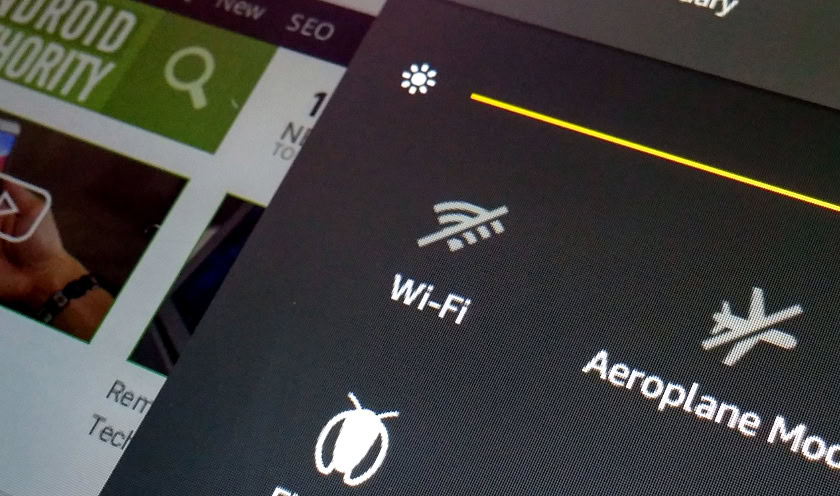Pages tagged:
emerging tech
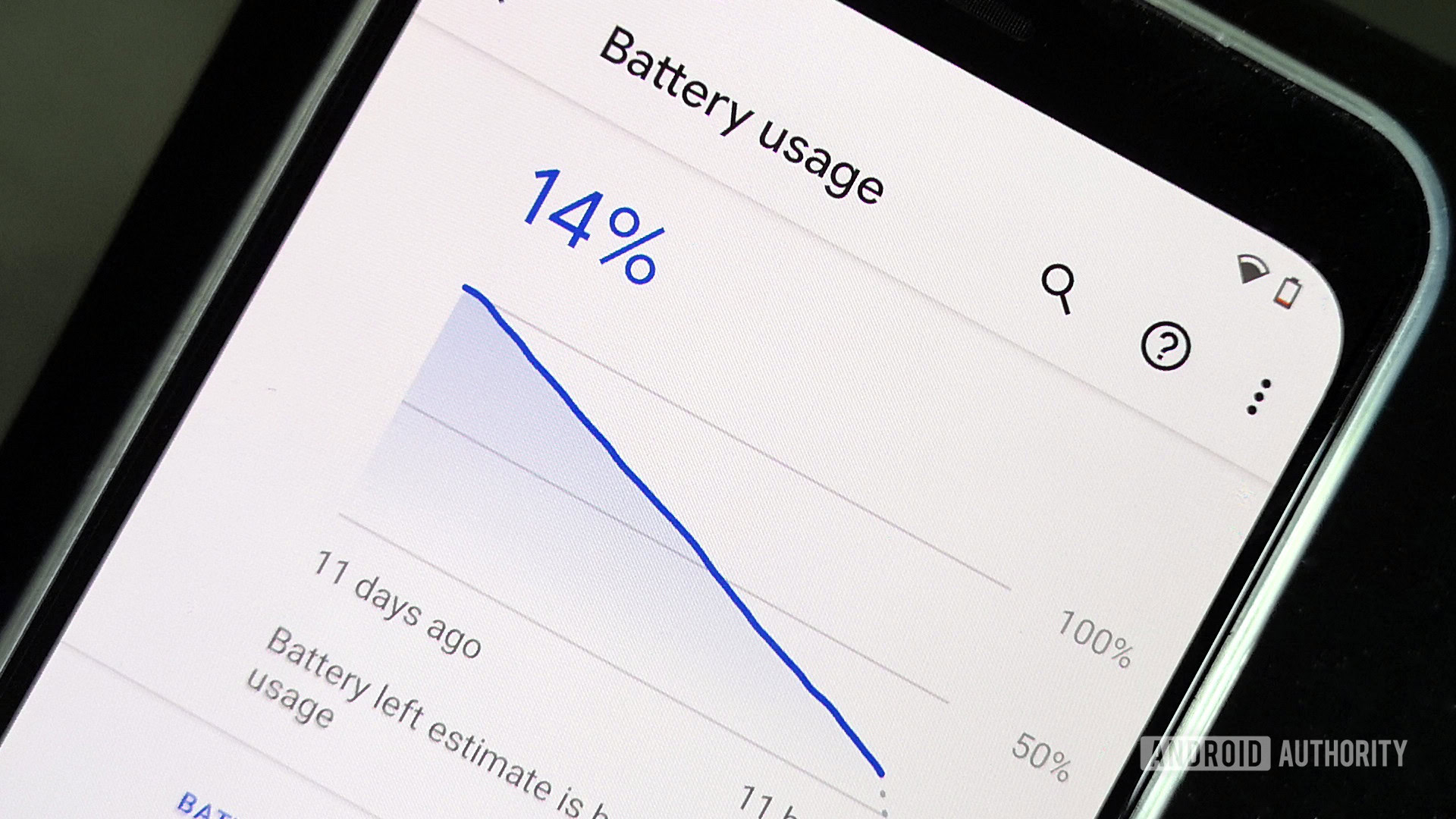
Graphene batteries: What are they and why are they a big deal?
Graphene batteries could greatly increase the battery life of your gadgets and smartphone. Here's what you need to know.
Robert TriggsAugust 27, 2023
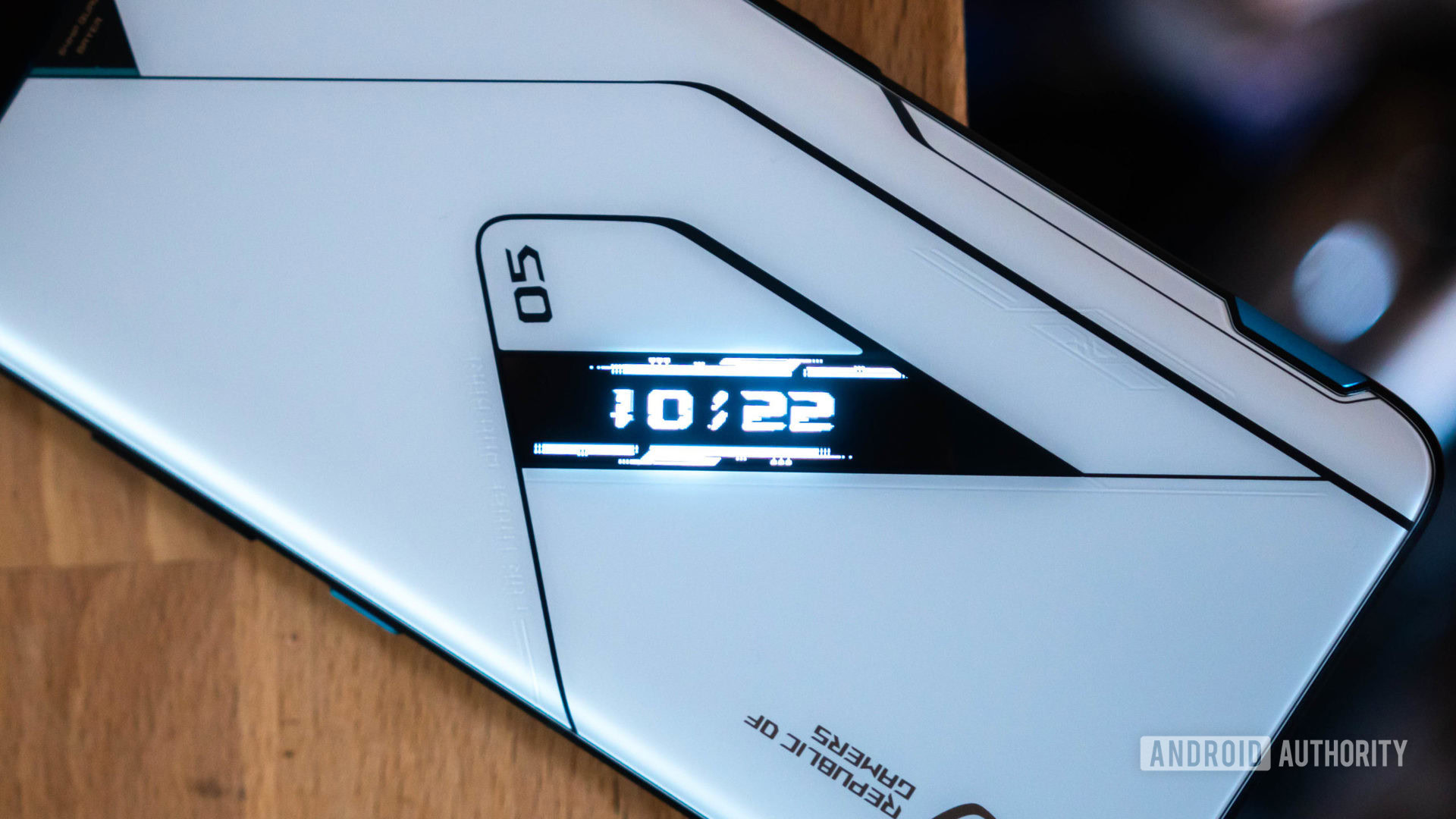
Mitja RutnikMay 23, 2022
What will smartphones of the future look like? Here are 6 (crazy) predictions
Here's how ultrasound tech could power buttonless smartphones of the future
Gary SimsJanuary 9, 2020

What is GaN and what does it mean for your tech?
Robert TriggsJanuary 8, 2020
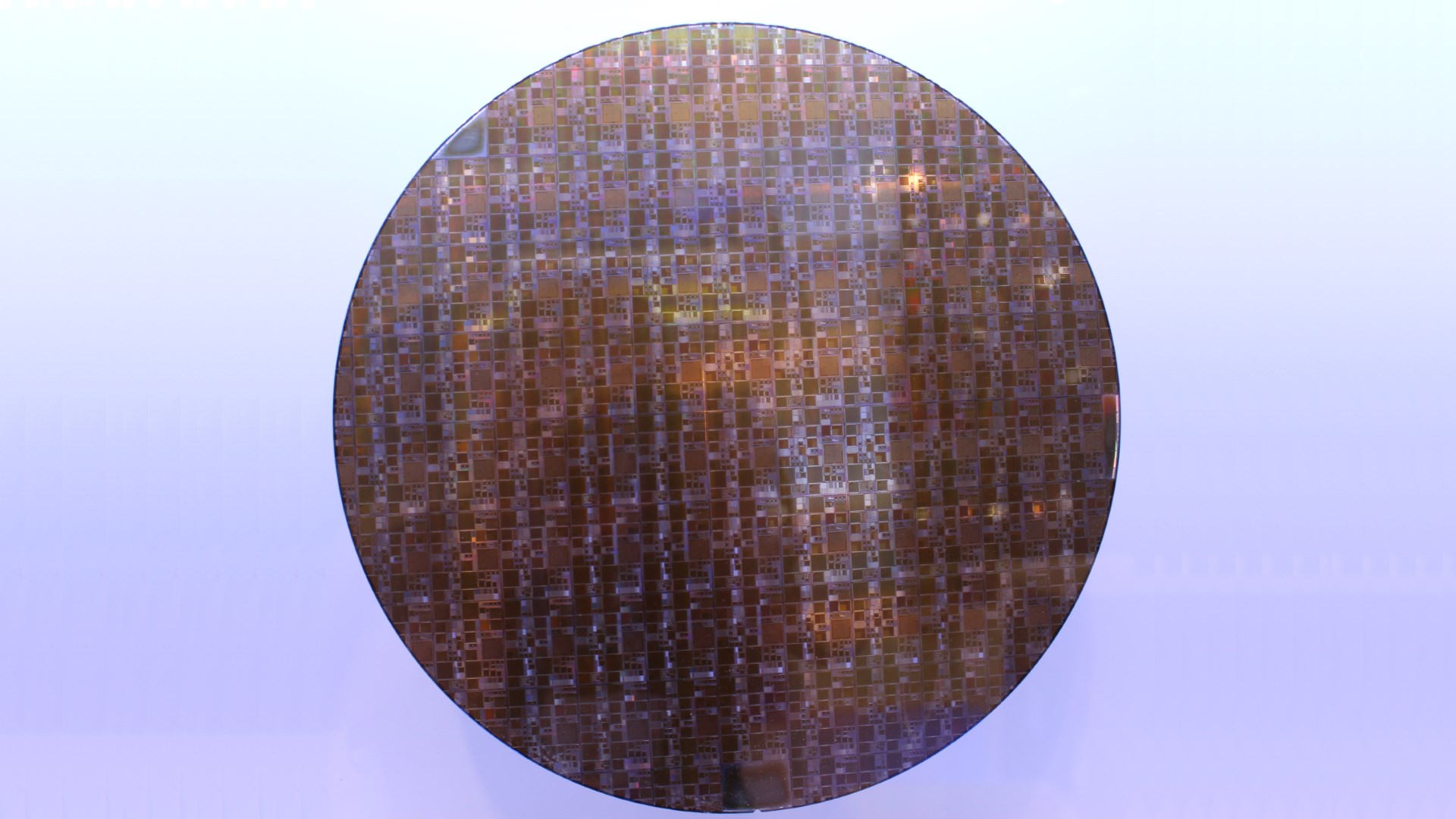
What is electrochromic glass and how does it work?
Robert TriggsJanuary 7, 2020
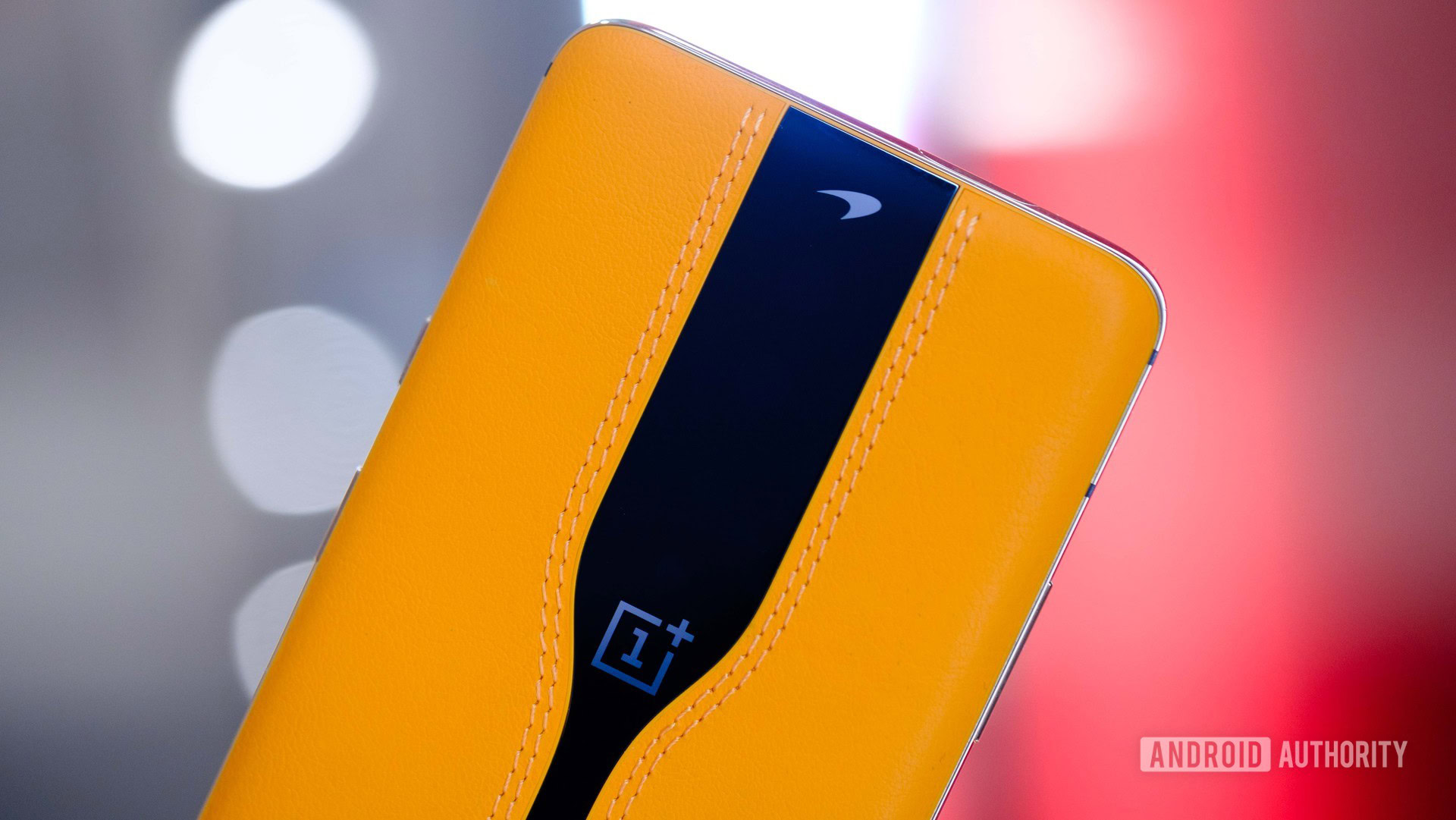
The next quantum (dot) leap for displays
Bob MyersMarch 13, 2018

What's the difference between a Li-ion and solid-state battery?
Robert TriggsNovember 8, 2016
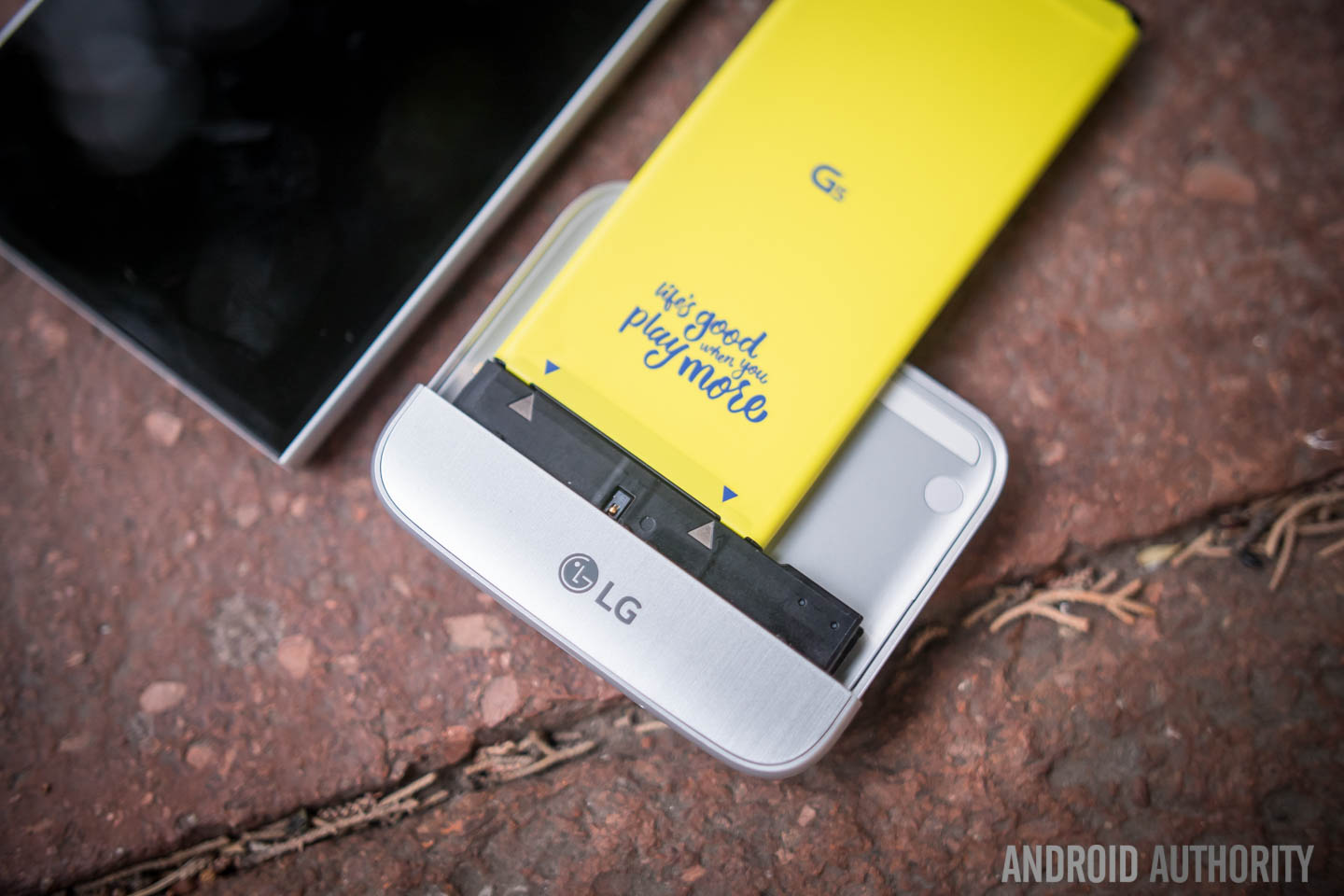
Segway miniPRO by Ninebot Review
John VelascoJuly 25, 2016

Skintrack turns your arm into an extended smartwatch touchscreen
Robert TriggsMay 6, 2016
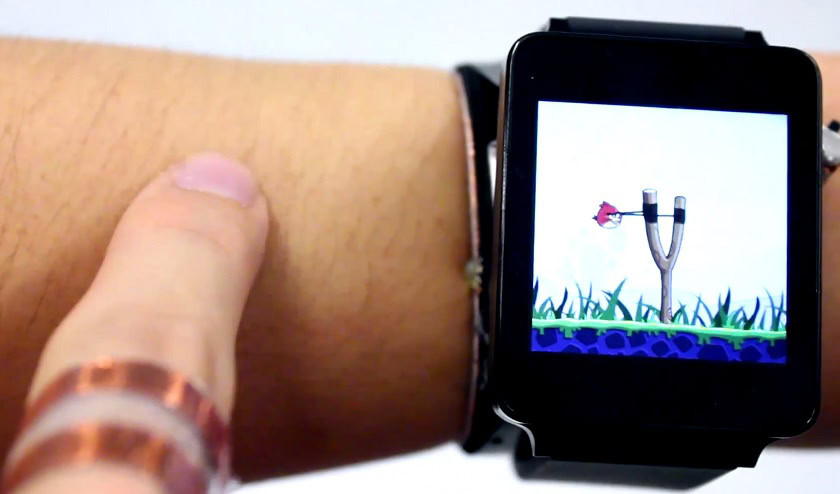
US engineers unveil Passive Wi-Fi, which consumes 10,000 times less power
Robert TriggsFebruary 25, 2016
